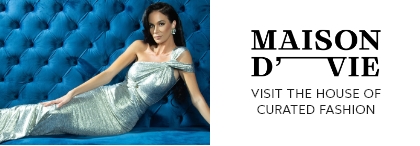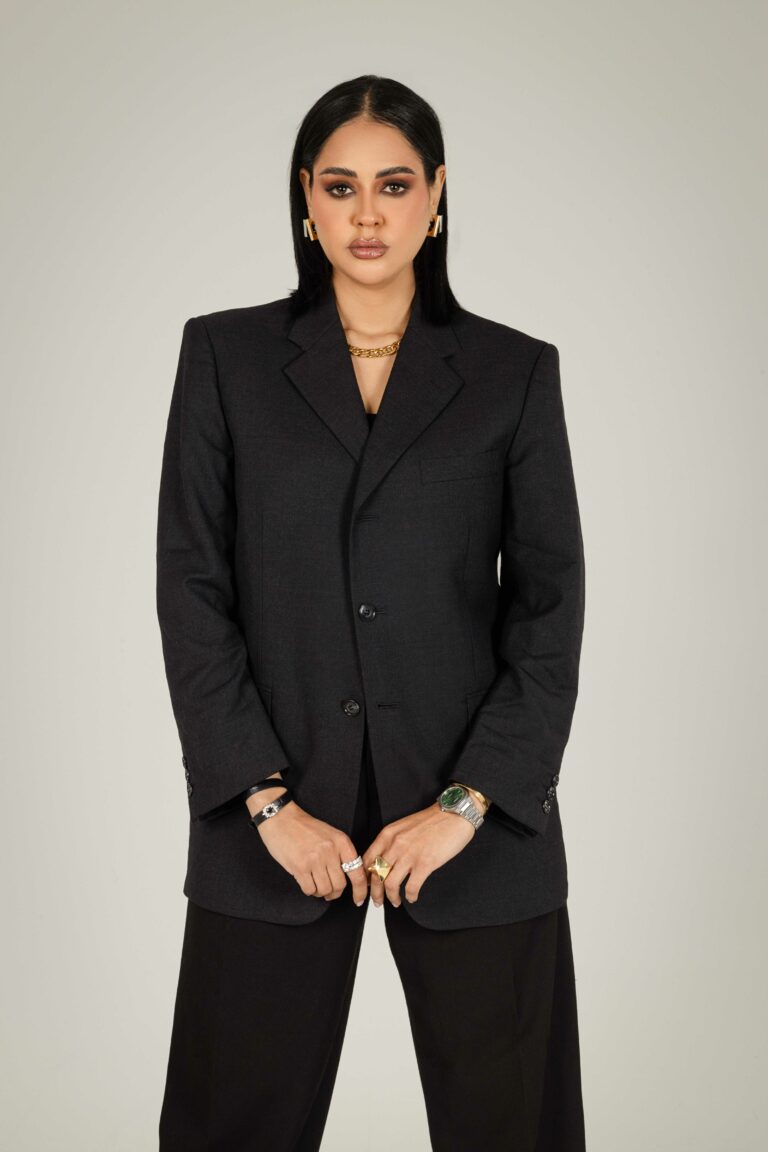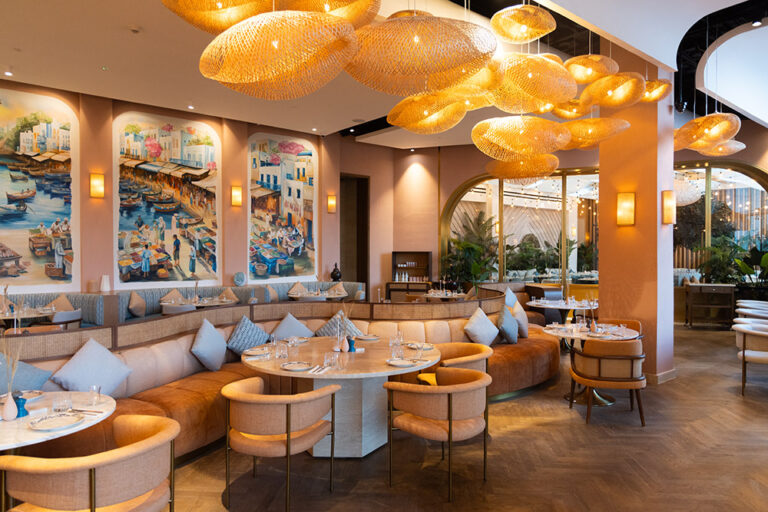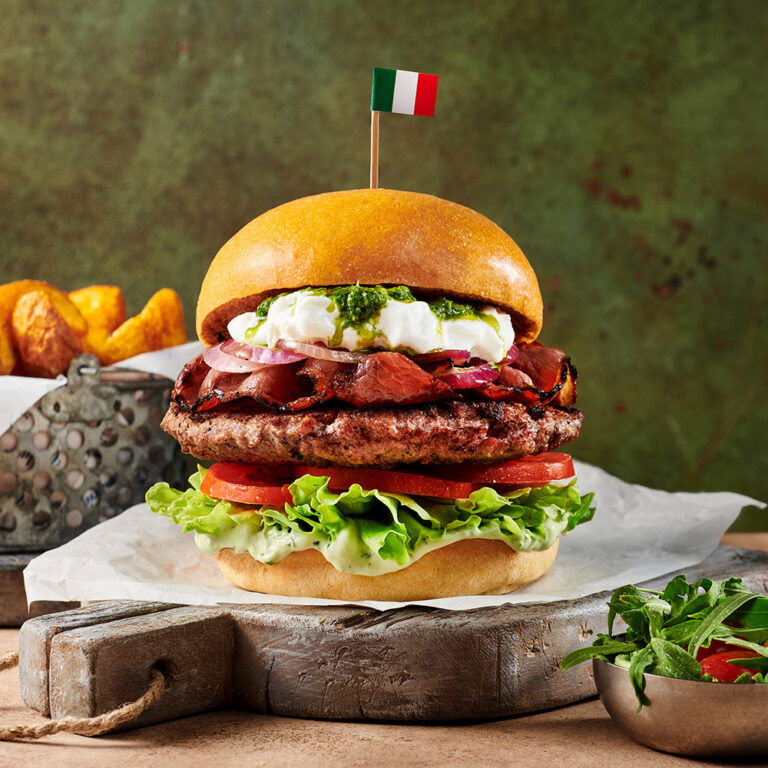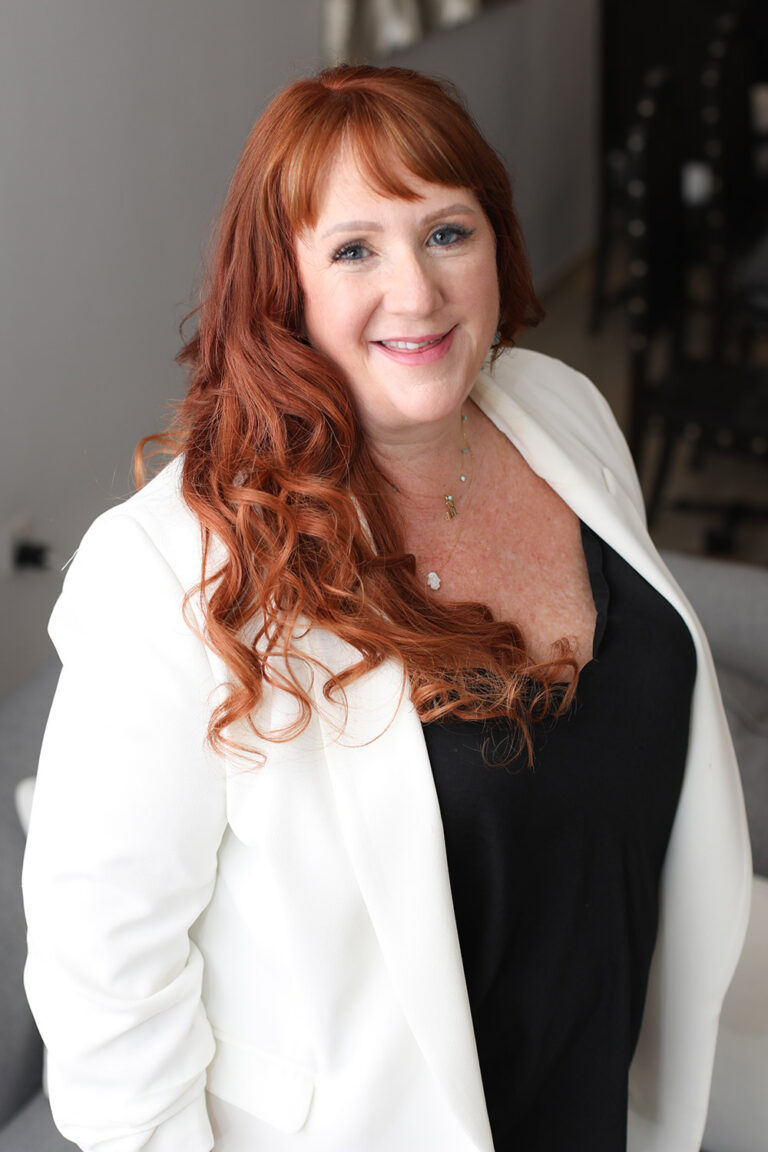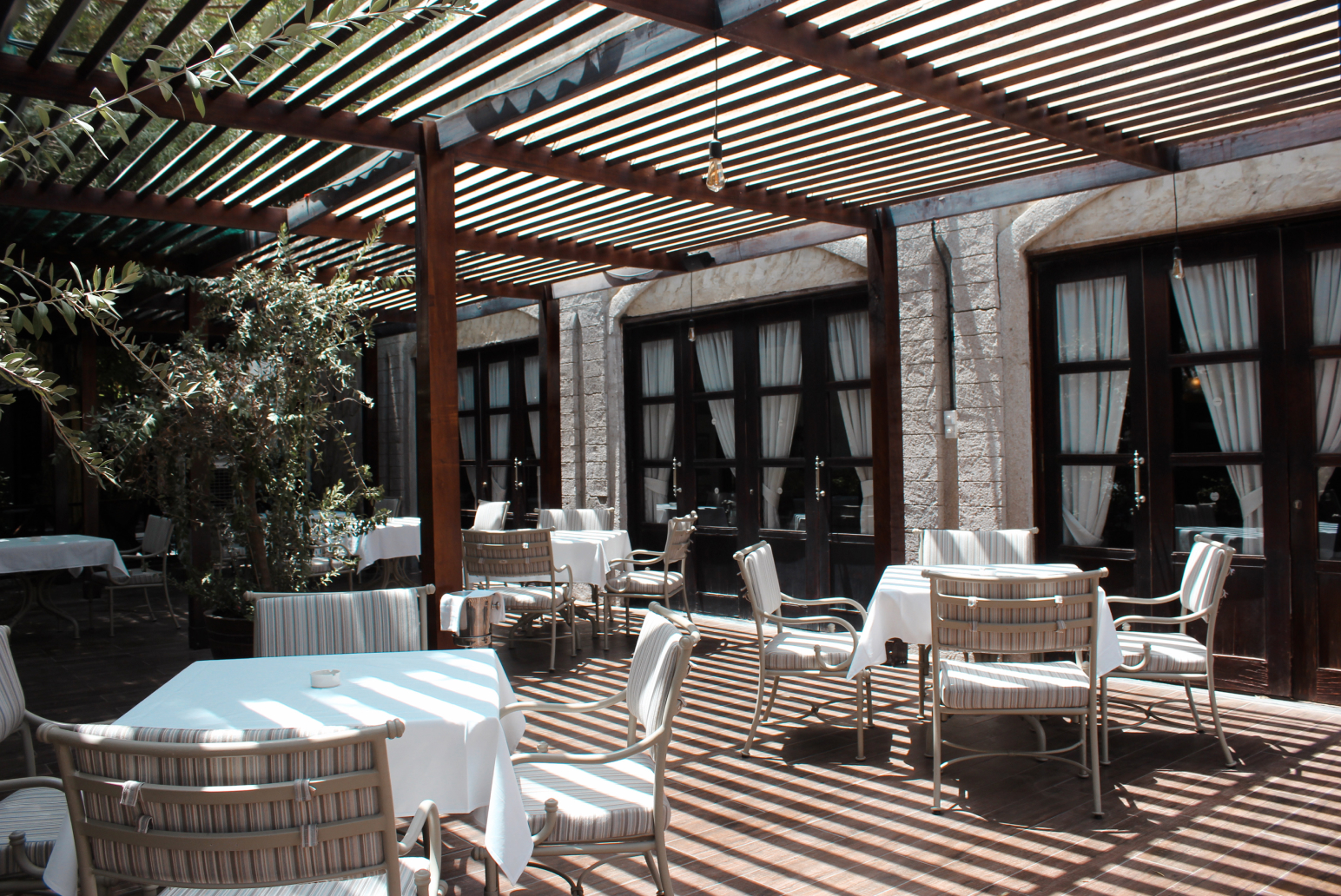
The Fashion Cycle
Tanya Das
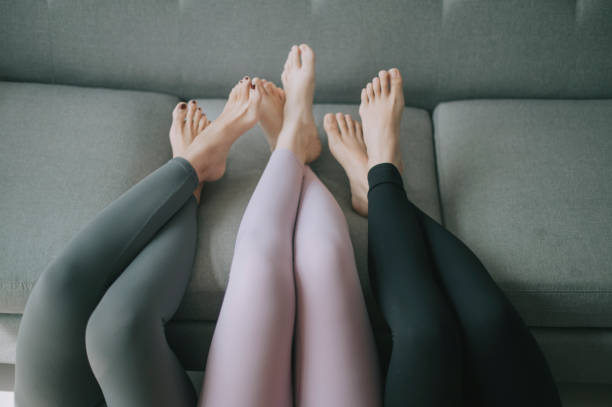
- Courtesy of Getty Images
What is a Fashion Cycle? It occurs when a particular design, activity, color, etc. gains some popularity and then disappears. As fashion moves through the five stages from introduction to obsolescence, it is said to be a life span. A style is considered to be accepted, when a customer purchases it and wears it. Styles become fashions when they are accepted! It is not always the case that fashions will last from year to year. In its cycle of existence, fashion undergoes different stages. Color, texture, and fabric, as well as design, also go through a cycle. As part of the development and marketing of fashion products, it is crucial to gauge a fashion’s timing or occurrence at the right time.
There is a life-cycle pattern to all fashions, but it varies from one fashion to another. It is very difficult for fashion marketers to predict the lifespan of a product. The length of time is determined by the consumer’s willingness to accept the fashion.
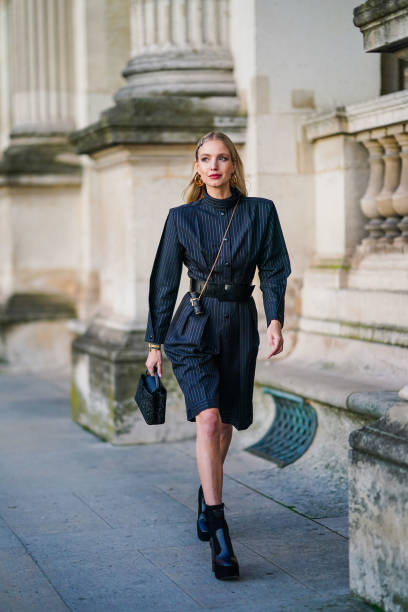
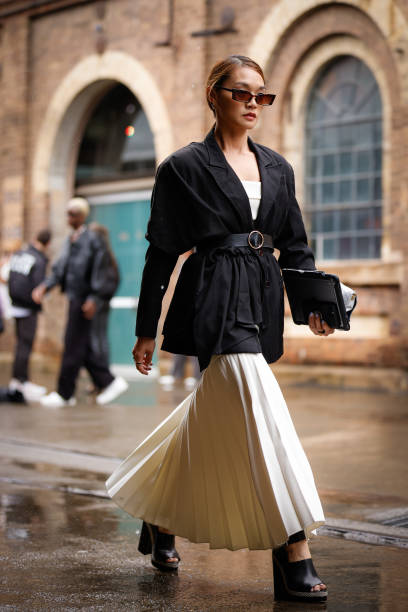
5 Stages of the Fashion Cycle
- Introduction Stage– Fashion weeks are the first time that designers preview their designs. In the beginning, new styles, colors, or textures are introduced – beginning the upward slope. There is a limited number of people who accept them. Styles are worn by fashion leaders. The product is produced in small quantities and is sold at a high price.
- Rise Stage– Fashion companies that copy designer clothes will use less expensive fabrics or minimal details to produce less expensive apparel. Since more people can afford a fashion in the beginning, more people accept it. Fashion prices are reduced by mass production, which leads to increased sales.
- Peak Stage– Fashion is at its most popular and accepted stage. At this stage, prices are not necessarily low because mass production is taking place, but they vary from company to company. Fashion can survive longer if it becomes a classic. The look can be kept at its peak if it is updated or given new details such as color, texture, or design.
- Decline Stage– A downward slope is being experienced in consumer demand. Fashion items available have saturated the market. A high price is not desired by most people. Merchandise prices are marked down by fashion retailers.
- Obsolescence Stage– The end of the fashion cycle, the bottom of the hill. Consumers are no longer interested in fashion and finding new looks. While consumers may not purchase the fashion product at this point because of its low price, it may be a low-quality product.
A fashion cycle is an ongoing movement through which fashions move. Consumer interest in fashion is influenced by economic and social factors. A new type of fiber and fabric. Advertising techniques can influence consumers’ fashion choices.

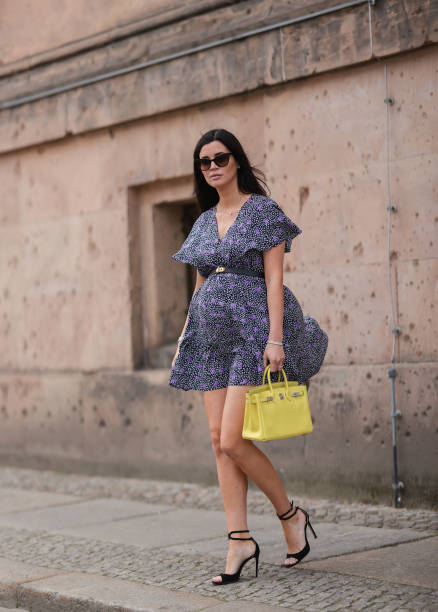
The timeless quality of some classic clothing items makes them a true investment. Even though high fashion and trends come and go, some classic pieces will never go out of style. If a woman doesn’t have a few of these classic clothing items in her wardrobe, then her wardrobe isn’t complete. The best thing about them is that they’re not only eternally stylish, but they’re also simple to wear, and they look great on everyone. A timeless piece will also save you from having to donate it a year later because it isn’t trendy anymore. Here are the following top picks for those pieces that you might not even realize you were missing. Little Black Dress, Jeans, Cashmere Sweater, Basic Cardigan, White Dress Shirt, Black Blazer, Wool Coat, Plain T-Shirt, Printed Summer Dress, and Leggings.
In fashion, a fad usually lasts only a few months or a season (and sometimes even less). Generally speaking, novelty products are followed by a certain demographic group for a short period of time – especially young girls and early adopters (the younger demographic group) – as they gain attention through peers and the media. The pet rock fad is a great and funny example (another would be beanie babies). It quickly loses appeal, however. It is common for fashion fads to come and go. There were many fads in clothing during the ‘80s, including parachute pants (or harem pants, sorry Fresh Prince and MC Hammer!), shoulder pads, zoot suits, and leuco dye clothing. Several fads we saw last year are cringe-worthy … We may laugh 10 years from now at several fads we saw last year. Fashion designers sometimes have some interesting ideas behind popular fads.
In contrast, trendy fashion comprises styles that are popular and last for several seasons, whereas timeless fashion consists of styles that are worn on a regular basis. Individuals of all ages accept them as well. The market size of trendy products has grown – and will continue to grow. It’s just a matter of time before the fashion world accepts it from one year to the next. A new way of life is represented by trendy and timeless fashion products. Don’t be fooled by the fashion industry, which banks on fads and the decline stage of a trend to sell new collections at every season change. This is capitalism 101.
CLASSIC FASHION
Picture credit: Getty Image
FAD FASHION
Picture credit: Getty Image
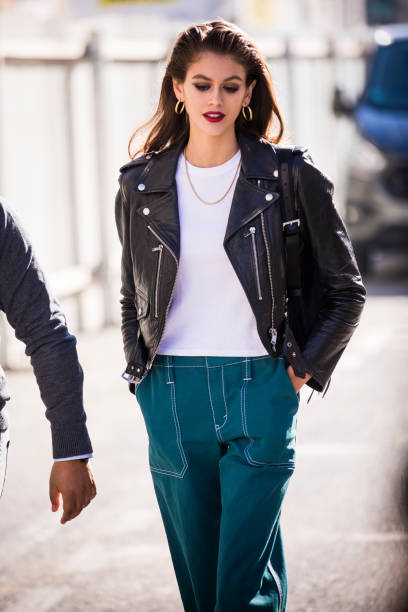
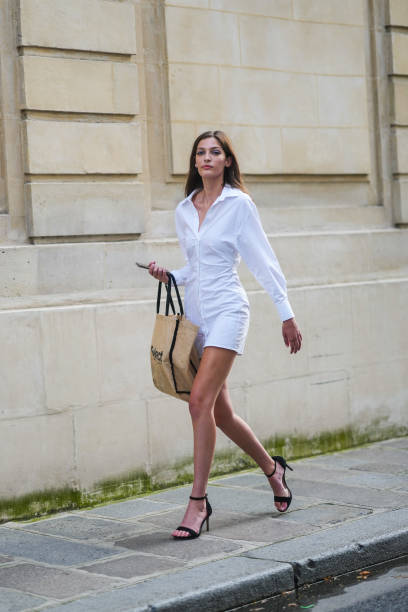
By Author

no related post found

MESMERIZE: Where Artistry and Innovation Unite in a Ballet of Elegance
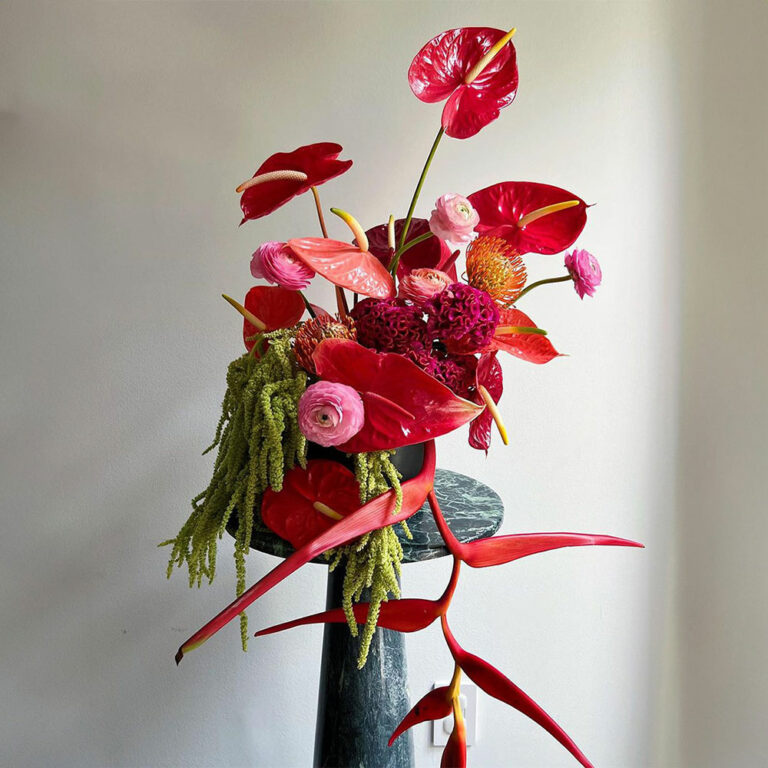
“Flowers are our favorite F word!”

Indulging in Love and Flavor at Playa: A Valentine’s Day Delight
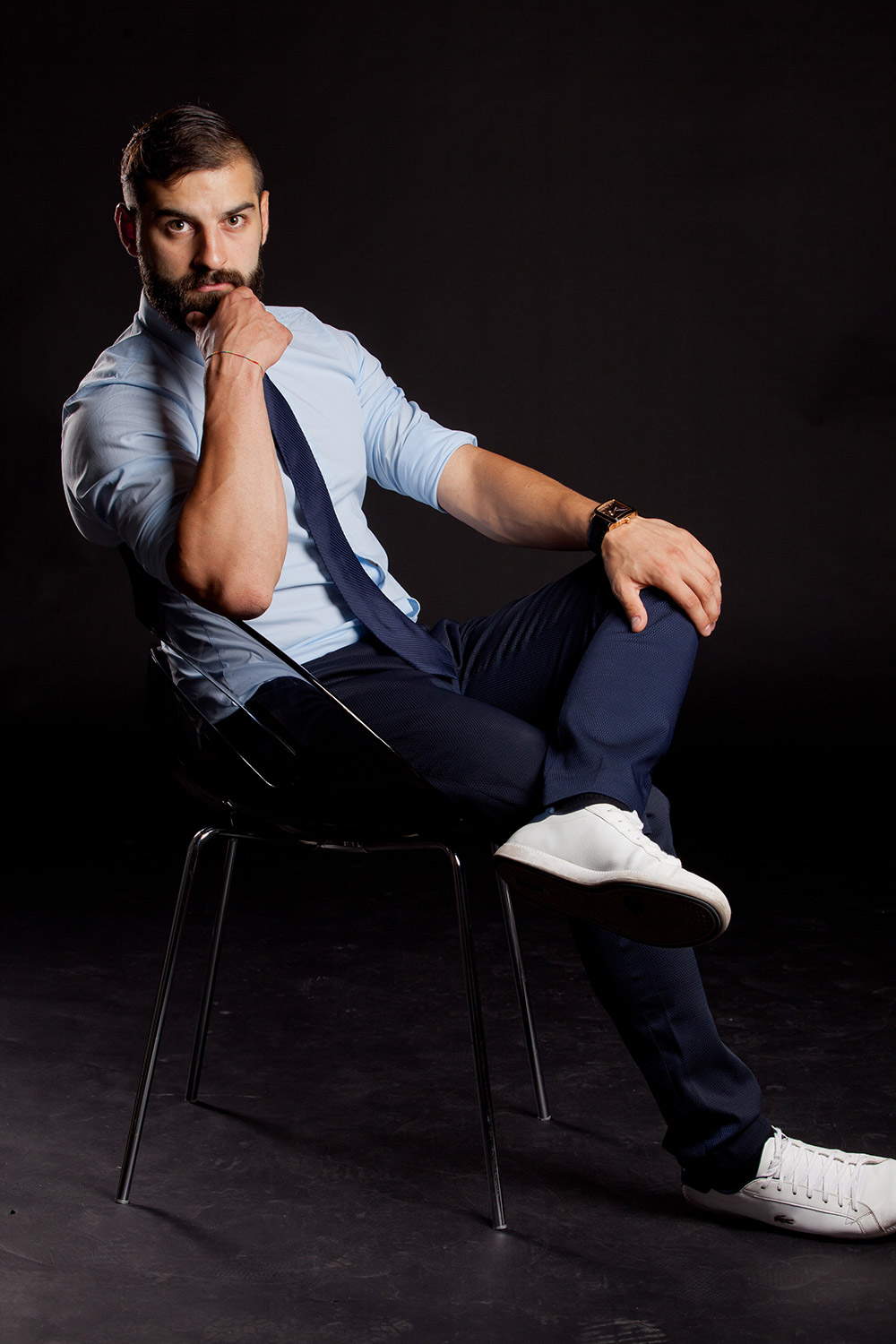
MESMERIZE: Where Artistry and Innovation Unite in a Ballet of Elegance

“Flowers are our favorite F word!”

Indulging in Love and Flavor at Playa: A Valentine’s Day Delight






